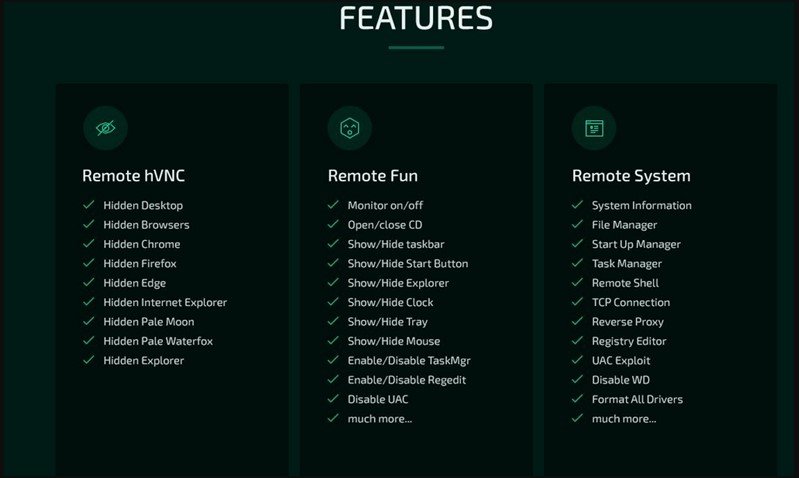
When Nutanix saw the light, back in 2009not many imagined the level and market positioning that the company would have today, although already in 2011, when its existence was made public on a large scale, there were already those who were betting because this company, then dedicated to the sale of software, services cloud and software-defined storage, would go far.
In August 2011, it was already pointing out ways, with its Nutanix Complete Cluster platform offering all types of companies and institutions the possibility of have the computing power they needed with much less complexity and investment.
Aimed at medium and large companies, as well as academic and government institutions, the platform allowed scaling from a few nodes to several thousand with ease, thanks to what came to be called hyperconverged infrastructure. Not only that, but the entire operation and management of the infrastructure was done from a simple management system for the time.
It was a system that could compete with Windows Server and Linux stacks, in addition to being able to cover its functions, automate them and lower its costs by running it at scale. Nutanix, with its system that combined virtualized storage and computing, had the basis to develop a platform like the current one.
Nutanix: almost in constant change since its birth
At that time, in 2011, the devices still had their failures and complications, something normal in a startup. Not just operation. For example, in 2015, a four-node cluster cost a whopping $115,000. Not to mention what a rack of 72 nodes with 576 cores cost: around two million dollars.
In addition, the Nutanix stack, according to TheNextPlatform, did not allow computing to be scaled independently of storage, something that was quickly resolved. By the time it did, it was already able to offer its software on OEM device platforms as well as in the cloud.
The company also focused on solving problems caused by the high prices of the VMware middleware on which it depended, which caused its customers to complain a lot. To solve this, Nutanix added its own Acropolis variant of the KVM hypervisor, eliminating the need to use VMware’s much more expensive ESXi. And when Kubernetes containers took off, he added them to his stack, to which he also added virtual networks.
While I was working on all this, five years ago, In 2018, the company began its move into hardware and software licensing perpetual to subscription-only software sales. Currently, these changes, which have been progressive, have already been completed, and judging by what the company has pointed out these days in its annual event with investors, it seems that it is clear about the path to profitability.
In 2023, the year in which they expected to obtain it, they already have it within reach: in the last quarter of their fiscal year 2023, which ended on July 31, their income was 494.2 million dollars, a 28. 2 more. Their losses were 13.3 million dollars, a very notable reduction in just one year, since during the same period of the previous year, when they were 151.3 million dollars. Full year revenue was $1.86 billion, 17.8% more than in 2022, with losses of $254.4 million. Much less again than the 798 million it lost in fiscal year 2022.
If it succeeds, its creators and managers will have managed to turn Nutanix into a profitable company in just over a decade and a half. It has taken a long time to achieve this, but it seems that its investors have not cared. What it offered for the future when it took its first steps, and when it began to change soon after, was too tempting for them to throw in the towel without waiting for them to achieve it.
The numbers don’t lie: they have a plan
In the meeting they held a few days ago with investors, those responsible for Nutanix presented quite solid figures for its future, with growth and improvement forecasts until 2027. Rajiv Ramaswami, CEO of Nutanix for about three years (he took the reins after one of its founders, Dheeraj Pandey, left the position), he is therefore very confident in the future of Nutanix.
In the quarter ending in July, Nutanix had product sales revenue of $240.5 million, up 29.8%. Support revenue in the period was $253.7 million, up 14.7%. The company’s reserves had increased by 7.9%, to $1.44 billion.
Up to this point it seems that the company is going from strength to strength, but of course, it still has losses. Because it has enough, although they have slowed down compared to the past. Now, Nutanix loses less money than in the past, something that is due to the fact that it obtains more income from the customers it has, and it is also adding around 500 customers per quarter to that base, which again results in more income.
Taking into account the size of the IT sector, with some 50,000 large companies, hundreds or thousands of government institutions and a clearly much higher number of potential small and medium-range clients, therefore, it still has a lot of potential to grow and increase its base. of users.
In parallel, Nutanix has already raised around $1.1 billion from investors, and has raised 390 million dollars in its IPO, which given their current economic level is a lot of money. And it must be taken into account that he currently has practically that amount in his bank accounts.
This is because his management is not exactly wasteful either, since the 6,140 million in sales that he has achieved between August 2012 and July 2023, he spent that amount on keeping the company in operation, along with another 4,000 million and a little more , and those are your losses. In total, 10,150 million expenses in the aforementioned period.
Some of these losses are due to stock compensation, but the number is declining. In 2021, this type of compensation, consisting of giving employees shares instead of money, but which are recorded in the books as cash, represented 26% of income. This percentage dropped to 22% in fiscal year 2022 and to 17% in 2023. By 2027, the company’s plans are for this figure to drop below 10%.
100,000 potential clients in the future
Generally, as a company grows, if it wants to be profitable it has to put all its effort into making a profit. In the case of Nutanix, once the hardware and licensing transition to a subscription payment model is complete, it has all the ingredients to reduce its expenses while collecting more and more revenue.
Nutanix has adapted and changed to benefit from the current market, and to do so as it evolves. According to its approach, it is aimed at a market that in 2023 has a total sales target of 57 billion dollars.
This amount will be $76 billion in fiscal 2026, which overlaps with the first five months of the company’s fiscal 2027. Of this amount, the majority will be dedicated to on-premises hyperconverged infrastructure, followed in the long run by database automation and databases as a service, hybrid cloud infrastructure, cloud management, file and object storage.
This means that Nutanix products and services are aimed at a market that shows sustained annual growth of 15.5%. In its presentation, the company has also indicated that it recognizes some 100,000 potential customers for its products, in addition to confirming that at the end of July it had 24,550 customers.



